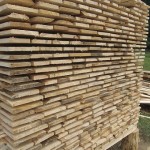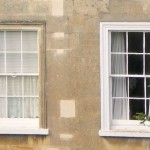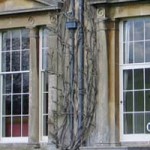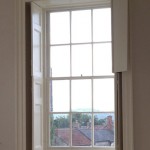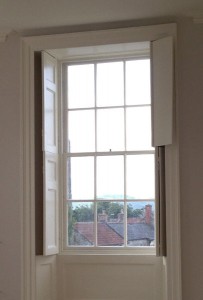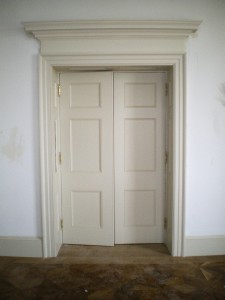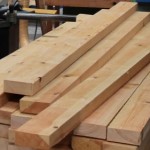
The high performance and beautiful aesthetics that we associate with traditional timber windows are created in part by the type of finish that they utilise. A finish is a protective layer that is applied to timber to protect, and enhance the performance and aesthetics of a window. Common traditional timber window finishes include wax, shellac, drying oil, lacquer, varnish and paint. We offer a variety of finishes here at Wessex Restoration. The timber finishing process There are three steps generally used in the traditional timber window finishing process: Sanding First of all the timber window is sanded down either by hand or using a power sander. This ensures that the … Continue reading

